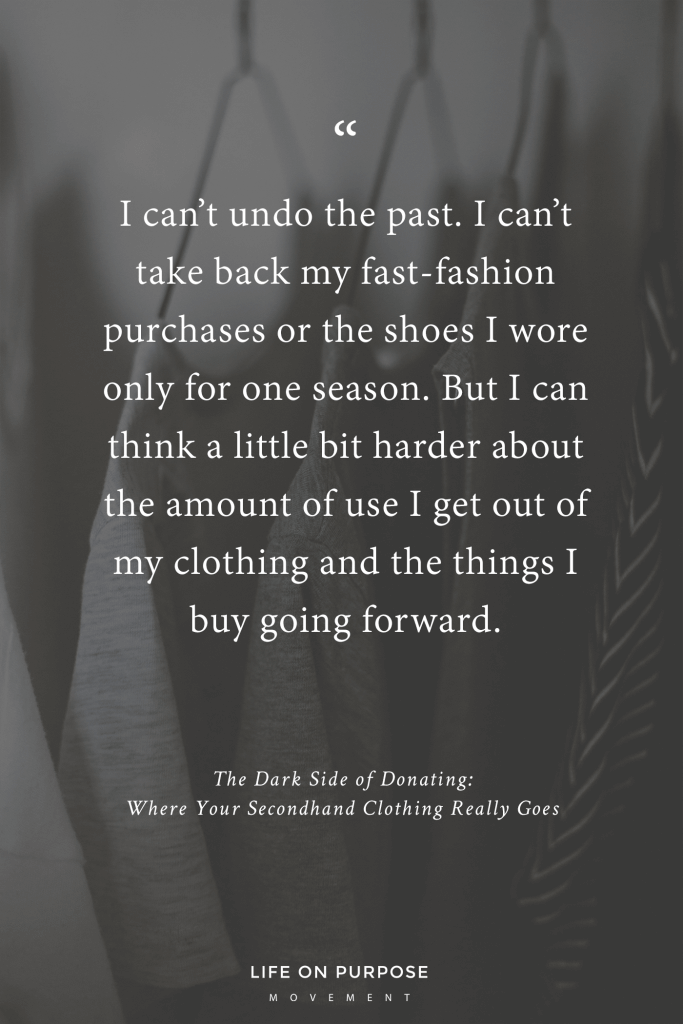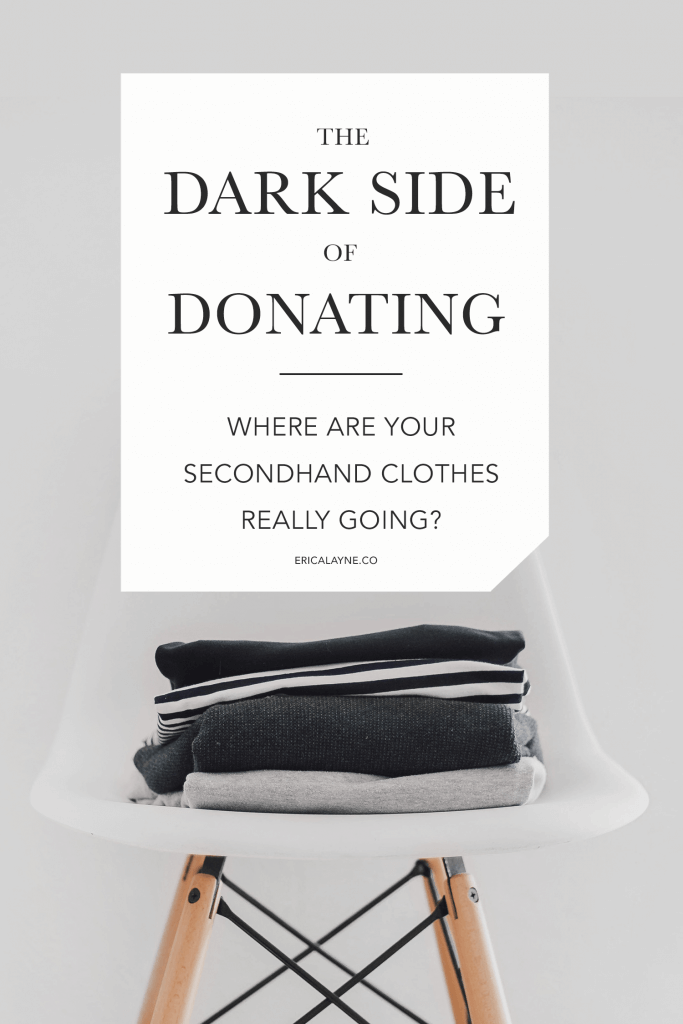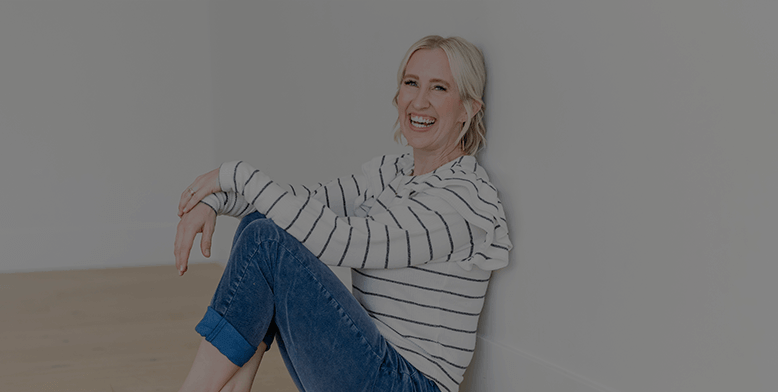Our bus rattled to a stop on the side of a dirt road, the driver motioning with his hands that we should all pile out. We stepped down from the bus and into the dusty brush of a Zambian landscape.
The driver and a few volunteers set to work on a flat tire. The rest of us would wait.
The sun hovered low in the sky, casting a soft golden glow on the faces of the children that began appearing out of the bushes, as if they were a part of the landscape themselves. They grabbed our hands and pulled us around playfully, acting like they’d known us forever.
Despite our limited ability to communicate, I knew these were the same kids we’d taught in a government school, as volunteers visiting their country, earlier that day. I recognized them because of the glitter that dotted their hands and cheeks—the same glitter that had caused them to light up with wonder when we’d used it in a project earlier that day.
We played games on the side of the road as the sun sank lower in the sky and the golden glow gave way to a faint purple tint. When our bus driver finally waved us back onto the bus, the kids wrapped their arms around our waists one last time and then scampered off into the brush, heading home before night set in.
The children I came to love in Africa that summer didn’t wear textiles created in their own country. As far as I could tell, they wore clothes imported from others. Faded T-shirts from family reunions and summer camps they never attended… Sports jerseys from teams they never played on… Ruffled dresses like the ones I wore to church as a little girl, more than a decade before.
The hard truth is this: There’s a dark side of donating.
Where Your Donated Clothes Really Go
Did you know that less than 10 percent of what you give to a donation center actually gets resold in the U.S.? It’s comforting to imagine that the things we no longer want are going to people in our communities who need them. But the truth is that the vast majority of our belongings—especially clothing—gets bundled tightly into giant bales, sold to traders in Africa and other countries, and shipped by sea across the world.
Once our discarded items have arrived in underdeveloped countries, they stifle these countries’ economic growth because it’s so much cheaper for them to use our unwanted goods than it is to manufacture their own. African textile industries are closing their factories and laying people off because they can’t make products as cheaply as they can import them. 1
In an article called “The Afterlife of Cheap Clothes,” Slate stated that used clothing is now the America’s top export by volume, with the overwhelming majority of it sent to ports in sub-Saharan Africa. 2
In 2016, Rwanda drastically increased its import tax—from 20 cents per kilogram to $2.50—essentially a “de facto ban” on these imports. 3 Other countries, like Uganda, Tanzania, Kenya, and South Sudan, are also working to phase out imports of secondhand clothing and shoes, in hopes of improving their economic sustainability.
But How Does This Apply to Me?
I can’t undo the past; I can’t take back my fast-fashion purchases or the shoes I wore only for one season. But I can picture in my mind the bright-eyed faces I met in Africa that summer years ago—kids like Bupe, Faith, Alinani, and Taonga—and I can think harder about the amount of use I get out of my clothing and the kinds of purchases I make going forward.
{Resources: The Art of Simple’s Ethical Shopping Guide and The Conscious Closet by Elizabeth Cline}

Action Item
I know that this is an incredibly nuanced, complicated issue, and I would never claim to have answers for solving this on a global scale. My hope is simply to shed a bit of light on this hard topic—and maybe to offer a gentle nudge toward more conscious consumerism.
I also have to add…
As sobering as this truth is, please don’t let it keep you from getting rid of your excess. Instead, use it to motivate you to consume more consciously in the future.
There are other avenues you can explore for the items you’ve decluttered. For example, you can…
- Pass useful and good-condition items on to a family member or a friend who would enjoy them.
- Sell your belongings through websites and apps like eBay, Craigslist, Facebook marketplace, threadUP, Social Threads, PoshMark, Letgo, and Decluttr
- Give to a shelter that uses your donations locally
- Send certain goods to organizations that recycle or repurpose them
That said, and especially if you’re in the early stages of decluttering, I think it’s more important to get your clutter OUT of your home than to do it “just right.” If you labor over the best place to send each item, you’ll become so encumbered in process that you’re likely to give up altogether.
I want you to experience the emotional space that comes with living lightly. Once you have that space in your mind and heart, you can use it to make a greater impact in your family, your community, and the world.
But until then, remember that imperfect action is still action—and that your consumption in the future matters as much as your consumption in the past.
Let go and live free.

Journaling Prompts
- If this knowledge is new for you, how does it make you feel? What thoughts or connections does it pull up for you?
- What three words best describe your past shopping habits, especially in the fashion industry? What three words would you like to represent your purchasing power going forward?
Helpful Resources
- If this article was eye-opening for you, I bet you’d really enjoy my new, short book, available on Amazon! {The Truth About Clutter: 9 Truths That Will Empower You to Let Go and Live Free}
- Let’s get you the mental and emotional space you need so you can broaden your impact on the world! Grab this free 5-step checklist to clear out your mental load!





And if the income of the people needing the clothes cannot afford to buy clothing produced there? what then? I shop second hand because I can’t afford to buy new.
Shopping secondhand is great, Brenda! I shop secondhand too (and I’d like to do it more!). I don’t think we’re in danger of donation centers running out of goods to sell. There’s just so much volume.
Local buy nothing facebook groups are great too. I’ve given away a lot of stuff to people who are looking for what I was getting rid of and also given a second life to something I needed but someone else was done with.
I put items including clothing at the end of my driveway with a sign that says ” it served it purpose here if you or anyone you know needs it feel free to take it” . I’ve place beds, dressers, decorations, tools etc., once I put old shingles and insulation out, my husband was skeptical about that but along came a young couple in need of the items to build a chicken coop so yes people in our backyard can use many things we discard.